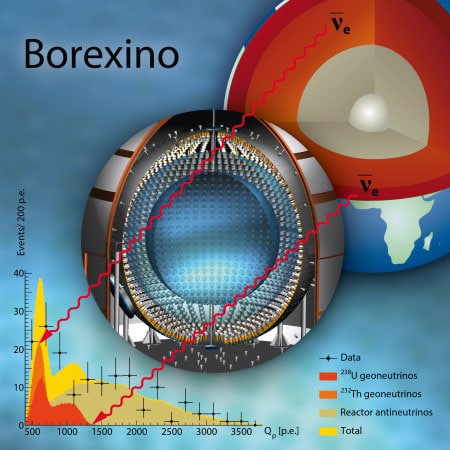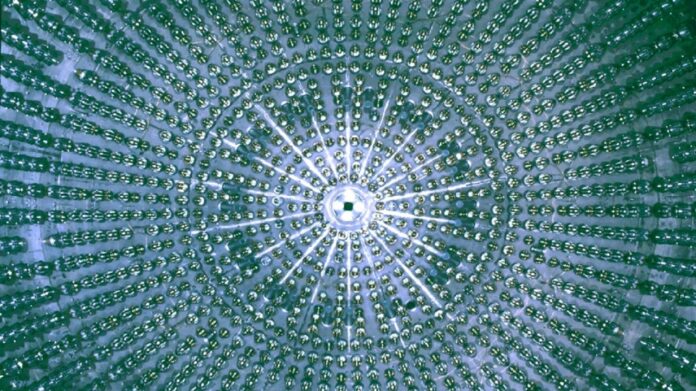The Borexino detector, located in the world’s largest underground laboratory, the Laboratori Nazionali del Gran Sasso in Italy, is one of the few detectors in the world capable of measuring individual neutrino fluxes from the Sun and compare them to the Standard solar model predictions.
Recently, Scientists involved in the Borexino collaboration have presented new results for the measurement of neutrinos originating from the interior of the Earth.
The elusive “ghost particles” rarely interact with matter, making their detection difficult. With this update, the analysts have now been able to get to 53 events. The outcomes give an elusive knowledge into procedures and conditions in the earth’s interior that remains puzzling until now.
A geoneutrino is a neutrino or antineutrino emitted in the decay of radionuclide naturally occurring in the Earth. Every second, about one million of these elusive particles penetrate every square centimeter of our planet’s surface.

Livia Ludhova, one of the two current scientific coordinators of Borexino and head of the neutrino group at the Nuclear Physics Institute (IKP) at Forschungszentrum Jülich said, “Geoneutrinos are the only direct traces of the radioactive decays that occur inside the Earth, and which produce an as yet unknown portion of the energy driving all the dynamics of our planet.”
With an improved statistical significance, scientists extracted the signal of geoneutrinos originating from the Earth’s mantle by exploiting the well-known contribution from the Earth’s uppermost mantle and crust – the purported lithosphere.
Livia Ludhova said, “The hypothesis that there is no longer any radioactivity at depth in the mantle can now be excluded at a 99% confidence level for the first time. This makes it possible to establish lower limits for uranium and thorium abundances in the Earth’s mantle.”
These values are of enthusiasm for some Earth model calculations. For instance, it is exceptionally plausible (85%) that radioactive decay forms inside the Earth create a more significant part of the Earth’s interior heat. At the same time, the other half is still, to a great extent, got from the original formation of the Earth. Radioactive procedures in the Earth consequently give a non-negligible bit of the energy that feeds volcanoes, earthquakes, and the Earth’s magnetic field.
The study also comprehensively explains the analysis from both the physics and geology perspectives, which will be helpful for next-generation liquid scintillator detectors that will measure geoneutrinos.
The results of the study are published in the journal Physical Review D.
